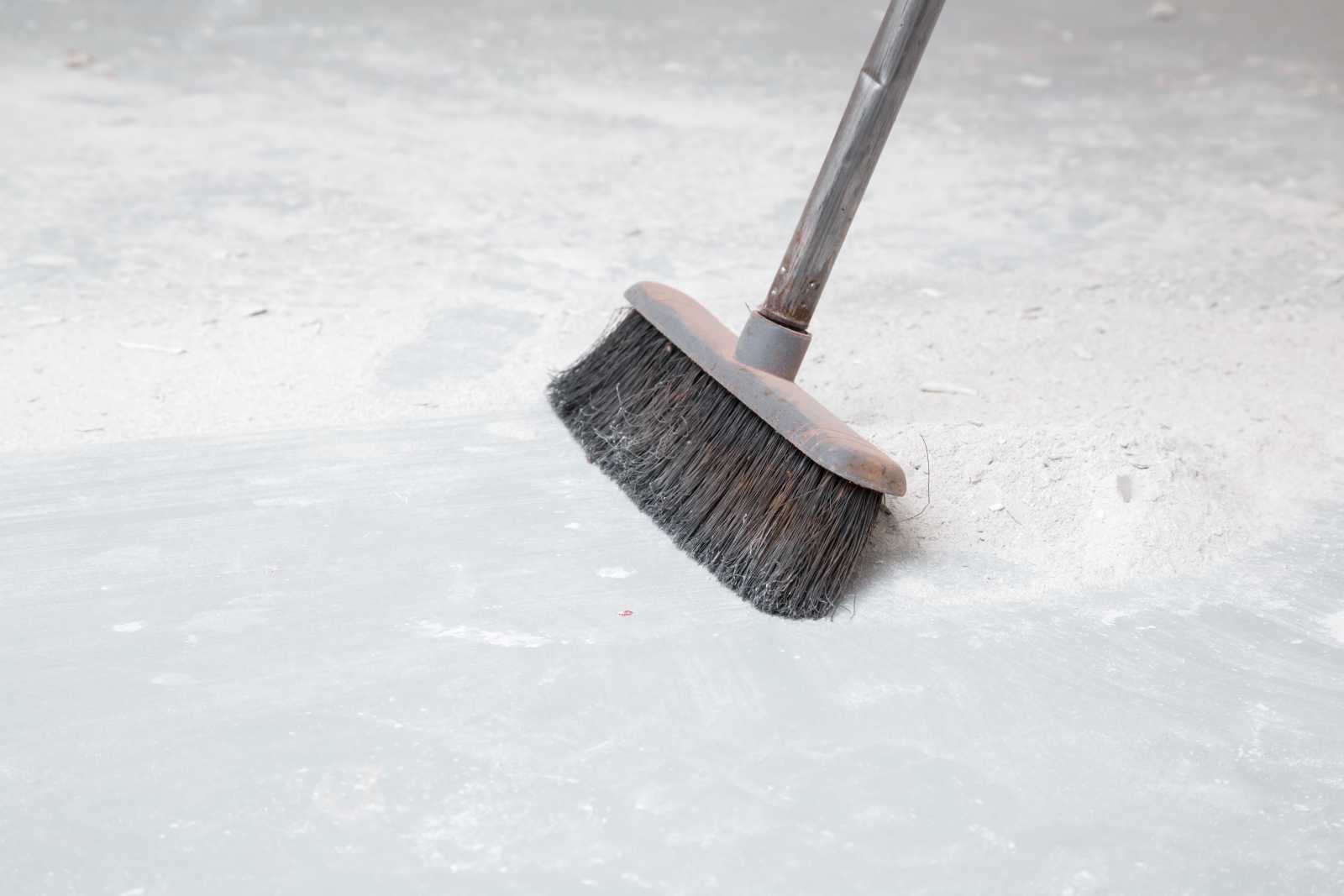

Articles
How To Get Rid Of Dust In Basement
Modified: August 30, 2024
Learn effective techniques and articles to eliminate dust in your basement. Say goodbye to allergens and enjoy a clean, healthy living space with our expert tips.
(Many of the links in this article redirect to a specific reviewed product. Your purchase of these products through affiliate links helps to generate commission for Storables.com, at no extra cost. Learn more)
Introduction
Having a basement in your home can provide valuable extra space for storage, recreation, or even living quarters. However, one common issue that many homeowners face is the presence of dust in their basements. Dust can accumulate over time, making the space feel dirty, triggering allergies, and impacting the air quality. If you’re tired of dealing with a dusty basement, this article will guide you on how to get rid of dust and keep it clean and dust-free.
Dust in basements can come from a variety of sources. It could be the result of dirt and debris being tracked in from outside, or it may be due to poor ventilation and air circulation. Additionally, if your basement is cluttered with unused items, they can accumulate dust and contribute to the problem. Understanding the causes of dust is the first step in effectively addressing the issue.
One of the key factors in combating basement dust is proper organization. When your basement is cluttered and disorganized, dust has more places to accumulate. By taking the time to declutter and establish an organized system, you can minimize the potential for dust build-up. In the next section, we will explore how to clear the clutter and organize your basement effectively.
Key Takeaways:
- Decluttering and organizing your basement is the first step to reducing dust accumulation. Create designated areas, utilize vertical storage, and regularly reassess your organization system to maintain a clean and dust-free environment.
- Implementing regular maintenance routines such as cleaning, sealing cracks, and controlling humidity levels is crucial for keeping your basement dust-free. Consistency and proactive measures are key to enjoying a clean and healthy living space.
Read more: How To Get Rid Of Basement Bugs
Understanding the Causes of Dust in Basements
To effectively tackle the issue of dust in your basement, it’s important to understand the root causes. By identifying the factors contributing to dust accumulation, you can implement targeted solutions to eliminate or minimize the problem.
Poor ventilation and air circulation are primary culprits behind dusty basements. If your basement doesn’t have proper ventilation, dust particles can settle and linger in the stagnant air. Additionally, if your basement has a lack of airflow, it can create a breeding ground for dust mites and other allergens. Improving ventilation and air circulation will play a significant role in reducing dust levels.
Another common cause of dust in basements is the presence of cracks and gaps in the walls, floors, windows, or doors. These openings provide an entryway for dust particles to enter your basement. It’s important to seal these cracks and gaps to prevent dust from infiltrating your space. Additionally, sealing these openings will help improve energy efficiency and keep moisture out.
The condition of your basement’s surroundings can also contribute to dust accumulation. If the area around your home is dusty, it’s more likely that dirt and debris will be tracked into your basement. Ensuring that the exterior of your home is well-maintained and regularly cleaned can help minimize the amount of dust that enters your basement.
Lastly, excessive humidity levels in your basement can lead to the formation of dust. High humidity creates a favorable environment for dust mites, mold, and mildew, which can produce dust particles. It’s essential to control humidity levels in your basement through dehumidifiers, proper insulation, and adequate ventilation.
By understanding the causes of dust in your basement, you can take targeted actions to address each issue. In the following sections, we will delve deeper into specific steps you can take to get rid of dust in your basement and prevent its recurrence.
Clearing the Clutter: Organizing Your Basement
Before diving into the cleaning process, it’s essential to first tackle the clutter in your basement. A cluttered basement not only makes it difficult to navigate and find items but also provides more surfaces for dust to accumulate. By organizing your basement, you can create a clean and dust-free environment.
Start by sorting your belongings into three categories: keep, donate/sell, and discard. Assess each item’s usefulness and sentimental value to determine whether it should stay or go. Be ruthless in getting rid of items you no longer need or use, as they only contribute to clutter and dust accumulation.
Invest in storage solutions such as shelves, cabinets, and storage bins to help you better organize your belongings. Categorize items and assign specific storage areas for each category. Consider labeling containers and shelves to make it easier to find and access items when needed.
When organizing your basement, it’s crucial to create designated areas for different purposes. Whether it’s a workshop, laundry area, or storage space, clearly define and separate each area. This not only helps in reducing clutter but also makes it easier to maintain cleanliness and dust-free surfaces.
Additionally, consider utilizing vertical storage options to maximize space. Install hooks or wall-mounted racks to hang tools, sports equipment, and other items. This will free up floor space, making it easier to clean and reduce dust accumulation.
Regularly reassess your organization system and make adjustments as needed. As times change and your needs evolve, adapt your storage solutions accordingly. By maintaining an organized and clutter-free basement, you’ll create an environment that is easier to keep clean and dust-free. This will ultimately contribute to a healthier and more enjoyable space.
Decluttering Your Basement: Step-by-Step Guide
Decluttering your basement may seem like a daunting task, but with a step-by-step approach, it can become much more manageable. Follow this guide to effectively declutter your basement and create a space that is free from dust and clutter.
- Set a Decluttering Goal: Start by setting a specific goal or vision for your decluttering project. This will help keep you motivated and focused throughout the process. Whether it’s creating a functional workspace or clearing space for a home gym, having a clear objective will make the decluttering process more purposeful and organized.
- Create Sorting Categories: Before you begin sorting through items, create categories to help you efficiently organize your belongings. Common categories include keep, donate/sell, discard, and relocate. As you sort through each item, assign it to the appropriate category based on its usefulness and value.
- Start with a Small Area: Begin decluttering by tackling a small area of your basement first. This could be a corner, a shelf, or a specific section of the room. Starting with a smaller area helps build momentum and gives you a sense of accomplishment, boosting your motivation to continue.
- Sort and Make Decisions: Take each item in the area you’re decluttering and make decisions quickly. Ask yourself if you need it, if it brings you joy, or if it serves a purpose. If the answer is no, assign it to the appropriate category. Be honest with yourself and avoid holding onto items out of guilt or attachment.
- Declutter in Stages: If your basement is particularly cluttered, don’t try to tackle it all at once. Break the decluttering process into manageable stages or sessions. This allows you to work at a comfortable pace and prevents you from feeling overwhelmed.
- Maximize Storage Space: As you declutter, identify opportunities to maximize your storage space. Utilize shelves, cabinets, and storage bins to keep items organized and off the floor. Consider using vertical storage solutions, such as wall-mounted racks or pegboards, to free up valuable floor space.
- Donate or Sell Unwanted Items: For items in good condition that you no longer need, consider donating or selling them. This not only helps declutter your space but also benefits others who may find value in those items. Arrange for donation pickups or hold a yard sale to get rid of unwanted items.
- Dispose of Unusable Items: Properly dispose of items that are no longer usable or in bad condition. Check your local regulations for disposal options. Some items may need to be taken to a recycling station or a specific waste management facility.
- Maintain an Organized Basement: Once you’ve decluttered your basement, commit to maintaining its organized state. Regularly assess items that enter the space and make a conscious effort to prevent clutter from re-accumulating. Implement a system for putting things away and make it a habit to return items to their designated places after use.
By following this step-by-step guide, you can successfully declutter your basement and create a clean and organized space that is free from dust and clutter. The efforts you put into decluttering will make it easier to clean and maintain your basement in the long run.
Cleaning and Dusting Your Basement
Once you’ve decluttered your basement and organized your belongings, it’s time to tackle the cleaning process. Regular cleaning and dusting will help maintain a clean and dust-free environment in your basement. Follow these steps to effectively clean and dust your basement.
- Start with Dry Dusting: Begin by dry dusting the surfaces in your basement. Use a microfiber cloth or a dusting tool to wipe down shelves, furniture, and other surfaces. Pay attention to corners, crevices, and areas where dust tends to accumulate.
- Vacuum the Floors: Use a vacuum cleaner with an attachment suitable for your basement floors. Pay special attention to baseboards, corners, and areas under furniture. If your basement has carpeted areas, use a vacuum with a rotating brush to effectively remove dust and dirt.
- Mop Hard Floors: If your basement has hard floors, mop them using a mild cleaning solution or a mixture of warm water and vinegar. This will help remove any remaining dust or grime and leave the floors clean and shiny.
- Clean Windows and Window Treatments: Dust and clean the windows in your basement, including the frames and sills. If you have window treatments such as blinds or curtains, dust or wash them according to their cleaning instructions.
- Wipe Down Surfaces: Use a damp cloth or a suitable cleaning solution to wipe down surfaces such as countertops, tables, and appliances. This will remove any residual dust and give your basement a fresh and clean appearance.
- Don’t Forget Ceilings and Walls: Dust and wipe down the ceilings and walls of your basement. Pay attention to any cobwebs or dust buildup in corners or along the edges. You can use a long-handled duster or a vacuum attachment to reach high areas.
- Clean HVAC Vents and Filters: Dust and clean the HVAC vents and filters in your basement. Remove the vent covers and wash them with warm soapy water. Replace or clean the air filters according to the manufacturer’s instructions to maintain good air quality.
- Dispose of Dust Properly: As you clean and dust your basement, make sure to collect the dust and debris and dispose of it properly. Avoid sweeping or dusting in a way that simply redistributes dust back into the air. Use a dustpan or a vacuum cleaner to collect the dust and throw it away.
Regularly cleaning and dusting your basement will help keep it free from dust and allergens, improving the air quality and creating a healthier living environment. Don’t forget to establish a cleaning schedule that aligns with your needs and preferences to maintain the cleanliness of your basement over time.
Read more: How To Get Rid Of Ants In Basement
Sealing Cracks and Gaps
One of the main contributors to dust in basements is the presence of cracks and gaps in the walls, floors, windows, or doors. These openings provide entry points for dust and other particles to enter your basement. By sealing these cracks and gaps, you can effectively prevent dust from infiltrating your space. Here’s how you can do it:
- Inspect the Basement: Start by thoroughly inspecting your basement for any visible cracks, gaps, or openings. Check the walls, floors, windows, doors, and utility entry points. Take note of any areas where you suspect dust may be entering.
- Prepare the necessary materials: Depending on the size and type of cracks or gaps, you may need different materials for sealing. Common materials include caulk, weatherstripping, expanding foam, and sealant. Ensure you have the appropriate materials on hand before starting the process.
- Clean and prepare the surfaces: Before sealing, clean the surfaces around the cracks and gaps to remove any dust, debris, or loose materials. Use a clean cloth or brush to ensure that the surfaces are free from any obstructions that may inhibit proper adhesion of the sealant or caulk.
- Apply caulk or sealant: For smaller cracks and gaps, use a caulk or sealant appropriate for the materials you are sealing. Apply the caulk or sealant into the crack or gap, ensuring that it fills the entire space. Smooth the surface with a caulk tool or your finger to ensure a neat and even seal.
- Install weatherstripping: For gaps around windows and doors, use weatherstripping to create a tight seal. Measure the length and width of the gaps and cut the weatherstripping accordingly. Apply it along the edges of windows and doors to prevent drafts and reduce dust infiltration.
- Use expanding foam: Expanding foam can be used to seal larger gaps or irregularly shaped openings. Follow the manufacturer’s instructions for proper application. The foam expands and hardens to create an airtight and dust-proof seal.
- Check for any missed areas: Once you have sealed the visible cracks and gaps, double-check your work to ensure that no areas were missed. Look for any remaining openings or areas that may require additional sealing.
- Periodically check and reseal: Over time, the integrity of the seal may degrade, especially in areas subject to movement or wear. Periodically check the sealed areas and reseal as necessary to maintain their effectiveness in preventing dust from entering.
By sealing cracks and gaps in your basement, you will significantly reduce the amount of dust that enters your space. This will not only improve the cleanliness of your basement but also contribute to better air quality and a healthier living environment.
To get rid of dust in the basement, regularly vacuum and dust all surfaces, use air purifiers, and consider sealing any cracks or gaps to prevent dust from entering. Keep the area well-ventilated and clean to minimize dust buildup.
Improving Ventilation and Air Circulation
Proper ventilation and air circulation play a crucial role in reducing dust in basements. Without adequate airflow, dust particles can settle and linger in the stagnant air, contributing to dust buildup. By improving ventilation and increasing air circulation in your basement, you can effectively minimize dust levels. Here are some tips to improve ventilation and air circulation:
- Open Windows and Doors: If weather permits, open windows and doors to allow fresh air to enter your basement. This will help in flushing out stale air and promoting better air circulation. Consider installing window screens to prevent insects and debris from entering your space.
- Install Ventilation Fans: Install exhaust fans or ventilation systems in your basement to improve air circulation. These fans will help remove stagnant air and prevent the buildup of dust particles. Position them strategically to ensure proper airflow throughout your basement.
- Use Portable Fans: Place portable fans in your basement to promote air movement. Position them near windows or doors to draw in fresh air and circulate it throughout the space. Use oscillating fans to distribute air evenly and prevent stagnant areas.
- Clear Obstructions: Ensure that vents, registers, and air returns in your basement are not blocked by furniture, boxes, or other obstructions. Clear these areas to allow for better airflow and efficient distribution of air throughout the space.
- Utilize Ceiling Fans: If your basement has a ceiling fan, use it to improve air circulation. Set the fan to rotate clockwise in the winter to push warm air down and counterclockwise in the summer to create a breeze and maintain a comfortable temperature.
- Consider Duct Cleaning: Over time, dust and debris can accumulate in your HVAC ductwork, hindering airflow and contributing to dust in your basement. Consider hiring a professional to clean your ducts to remove dust and improve ventilation.
- Monitor and Maintain Humidity Levels: Excessive humidity can contribute to dust accumulation, mold growth, and poor air quality. Use a hygrometer to monitor humidity levels in your basement. If the humidity is consistently high, use a dehumidifier to maintain optimal levels (around 30-50%).
- Keep Exterior Vents Clear: Ensure that exterior vents leading to your basement are clear of debris, such as leaves or dirt. Blocked vents can restrict airflow, leading to poor ventilation and increased dust accumulation.
By implementing these strategies, you can greatly improve the ventilation and air circulation in your basement. This will help reduce dust and maintain a cleaner and healthier environment. Regularly monitor and maintain your ventilation system to ensure its effectiveness in minimizing dust levels in your basement.
Installing Air Filters or Purifiers in the Basement
Air filters or purifiers are effective tools for reducing dust and improving air quality in your basement. They work by trapping airborne particles, including dust, allergens, and pollutants, and ensuring that the air circulating in your basement is clean and fresh. Here’s how you can install air filters or purifiers in your basement:
- Determine the Type of Air Filter or Purifier: There are different types of air filters and purifiers available, each with varying levels of filtration and features. Research and select the type that best suits your needs and budget. Common types include High-Efficiency Particulate Air (HEPA) filters, activated carbon filters, and electronic air purifiers.
- Choose the Right Size and Capacity: Consider the size and capacity of the air filter or purifier. The effectiveness of the device depends on its ability to filter the air in your basement adequately. Check the manufacturer’s recommendations or consult with a professional to determine the appropriate size and capacity for your space.
- Find an Ideal Location: Select a location in your basement where the air filter or purifier will have the most significant impact. It should be placed in an area with good airflow and accessibility. Avoid obstructing the device with furniture or other objects that may hinder its performance.
- Follow Installation Instructions: Read and follow the manufacturer’s instructions for proper installation. This may involve mounting the device on a wall, placing it on a sturdy surface, or connecting it to the HVAC system. Ensure that all connections are secure and that the device is installed correctly.
- Set Up Maintenance Schedule: Air filters and purifiers require regular maintenance to operate efficiently. This may involve replacing or cleaning the filters, regularly dusting or vacuuming the device, and checking for any malfunctions. Follow the manufacturer’s recommendations for maintenance and set up a schedule to ensure consistent performance.
- Monitor Air Quality: Use an air quality monitor or a hygrometer to regularly monitor the air quality in your basement. This will help you assess the effectiveness of the air filter or purifier and identify any changes or improvements that need to be made.
- Consider Whole-House Filtration: If your basement is part of a larger HVAC system, you may want to consider a whole-house air filtration system. These systems filter the air throughout your entire home, including the basement, providing comprehensive purification and dust reduction.
- Combine with Other Dust Reduction Methods: While air filters or purifiers are effective in reducing dust, they work best in conjunction with other dust reduction strategies. Implement sealing cracks and gaps, improving ventilation, and regularly cleaning and dusting your basement to achieve optimal results.
Installing air filters or purifiers in your basement can significantly reduce dust and improve the overall air quality. Ensure proper installation, maintenance, and monitoring to enjoy a dust-free and healthier environment in your basement.
Controlling Humidity Levels in the Basement
Controlling humidity levels in your basement is crucial in reducing dust accumulation and preventing the growth of mold and mildew. Excessive humidity can create a conducive environment for dust mites and other allergens to thrive. By implementing effective humidity control measures, you can maintain a comfortable and healthier basement. Here’s how you can control humidity levels:
- Detect the Current Humidity Level: Use a hygrometer to measure the humidity level in your basement. The ideal range for indoor humidity is around 30% to 50%. Higher levels indicate excessive humidity that needs to be addressed.
- Identify the Sources of Moisture: Determine the sources of moisture in your basement. Common sources include plumbing leaks, condensation from pipes, improper drainage, or inadequate waterproofing. Address these issues to prevent the accumulation of moisture and subsequent increase in humidity.
- Improve Ventilation: Poor ventilation can contribute to high humidity. Ensure that your basement has proper ventilation to allow for air circulation. Open windows and doors when weather permits or install exhaust fans to promote air exchange and reduce humidity levels.
- Use a Dehumidifier: A dehumidifier is an effective tool for controlling humidity in your basement. Choose a dehumidifier suitable for the size and moisture level of your basement. Run it regularly to extract excess moisture from the air, reducing humidity and preventing mold growth.
- Properly Insulate: Inadequate insulation can lead to temperature fluctuations and condensation, resulting in increased humidity. Insulate your basement walls, floors, and pipes to prevent moisture intrusion and maintain stable humidity levels.
- Redirect Water Away from the Foundation: Ensure proper grading around your home and redirect rainwater and other sources of moisture away from the foundation. This will prevent water from seeping into your basement and causing increased humidity levels.
- Fix Any Water Leaks: Promptly repair any plumbing leaks or water seepage in your basement. Even small leaks can contribute to increased humidity levels over time. Take the necessary steps to fix the issue and prevent further moisture buildup.
- Use Sealants and Waterproofing: Apply sealants and waterproofing products to basement walls and floors to prevent moisture intrusion. This will help maintain lower humidity levels and reduce the likelihood of mold or mildew growth.
- Empty and Clean Drainage Systems: If your basement has a sump pump or other drainage systems, regularly clean and empty them to ensure proper functioning. Clogged or malfunctioning drainage systems can lead to moisture buildup and increased humidity.
- Monitor and Maintain: Regularly monitor the humidity levels in your basement and make necessary adjustments. Empty and clean your dehumidifier regularly, replace filters, and perform any recommended maintenance to ensure its optimal performance.
By implementing these measures, you can effectively control humidity levels in your basement, creating a more comfortable and healthier living environment. Proper humidity control will not only reduce dust accumulation but also inhibit the growth of mold and mildew, contributing to overall better air quality.
Read more: How To Get Rid Of Crickets In The Basement
Regular Maintenance Tips to Keep Dust at Bay
Maintaining a dust-free environment in your basement requires ongoing effort and consistent maintenance. By implementing regular maintenance routines, you can effectively minimize dust accumulation and keep your basement clean and dust-free. Here are some tips to help you maintain a dust-free basement:
- Establish a Cleaning Schedule: Create a cleaning schedule that includes regular dusting, vacuuming, and mopping of your basement. Stick to the schedule to ensure that dust doesn’t have a chance to build up over time.
- Dust Surfaces Regularly: Dust all surfaces in your basement on a regular basis. Use a microfiber cloth or a duster to trap dust particles and prevent them from becoming airborne. Pay attention to frequently overlooked areas such as light fixtures, shelves, and baseboards.
- Vacuum and Steam Clean Carpets: If your basement has carpeted areas, vacuum them weekly to remove dust and debris. For a deeper clean, consider using a steam cleaner to eliminate embedded dust particles and allergens.
- Clean or Replace HVAC Filters: Regularly clean or replace the air filters in your HVAC system. This will prevent dust buildup and ensure that clean air is circulated throughout your basement and home.
- Wash Bedding and Upholstery: If your basement serves as a guest room or entertainment area with upholstered furniture or bedding, launder them regularly. This will remove dust mites and allergens that can accumulate over time.
- Keep Windows and Doors Closed: When the outdoor air is particularly dusty, keep windows and doors closed to prevent dust from entering your basement. Use weatherstripping to create tight seals and minimize air leakage.
- Minimize Clutter: Clutter provides more surfaces for dust to settle on. Regularly declutter your basement and ensure that items are properly stored and organized. This will make it easier to clean and dust surfaces efficiently.
- Seal Cracks and Gaps: Periodically check for cracks and gaps in walls, floors, windows, and doors. Seal any new openings that may have appeared to prevent dust from entering. Regularly maintain and reseal previously sealed areas as necessary.
- Monitor and Control Humidity Levels: Continuously monitor the humidity levels in your basement and take action to keep them within the optimal range (around 30-50%). Use dehumidifiers or other humidity control methods to prevent excessive humidity, which can contribute to dust accumulation.
- Regularly Inspect and Clean Ventilation Systems: Inspect and clean your ventilation systems, including vents and ductwork. Remove any accumulated dust or debris that may hinder proper airflow. This will contribute to better air circulation and minimize dust in your basement.
By incorporating these regular maintenance tips into your routine, you can effectively keep dust at bay and maintain a clean and dust-free basement. Consistency is key, so make sure to follow through with these maintenance practices to enjoy a healthier and more comfortable living space.
Conclusion
A dusty basement can be a frustrating problem, but with the right strategies and maintenance routines, you can keep dust at bay and create a clean and healthy living environment. By understanding the causes of dust in basements, decluttering and organizing your space, cleaning and dusting regularly, sealing cracks and gaps, improving ventilation and air circulation, installing air filters or purifiers, and controlling humidity levels, you can effectively reduce dust levels and improve air quality in your basement.
Start by decluttering and organizing your basement, creating a well-structured space that minimizes dust accumulation. Regularly clean and dust the surfaces, floors, and windows to prevent dust buildup. Seal cracks and gaps to eliminate entry points for dust particles. Improve ventilation and air circulation through open windows, ventilation fans, and the use of portable fans or ceiling fans. Install air filters or purifiers to trap airborne dust and allergens, creating cleaner and fresher air in your basement.
Controlling humidity levels is crucial in reducing dust and preventing the growth of mold and mildew. Use dehumidifiers and proper insulation to maintain optimal humidity levels. Implement regular maintenance routines such as cleaning filters, checking for cracks and leaks, and monitoring humidity levels to keep your basement dust-free.
Remember that maintaining a dust-free basement requires ongoing effort and consistency. Regularly reassess your organization system, clean and dust surfaces, and monitor the effectiveness of filters and purifiers. By following these practices and remaining proactive, you can enjoy a basement that is free from dust, promotes better air quality, and provides a clean and comfortable space for your needs.
With a clean and dust-free basement, you’ll be able to fully utilize the space for storage, recreation, or even as additional living quarters without the annoyance of dust accumulation. Embrace these tips and make them part of your regular maintenance routine to transform your basement into a clean, inviting, and dust-free space.
After you've tackled that pesky basement dust, why not take your home upkeep to the next level? Dive into our comprehensive guide on home maintenance to keep every corner of your space in prime condition. And if your fridge has seen better days, don't miss our practical cleaning tips, ensuring your kitchen stays sparkling from the inside out. Both guides are packed with easy-to-follow steps that make sprucing up your home a breeze.
Frequently Asked Questions about How To Get Rid Of Dust In Basement
Was this page helpful?
At Storables.com, we guarantee accurate and reliable information. Our content, validated by Expert Board Contributors, is crafted following stringent Editorial Policies. We're committed to providing you with well-researched, expert-backed insights for all your informational needs.
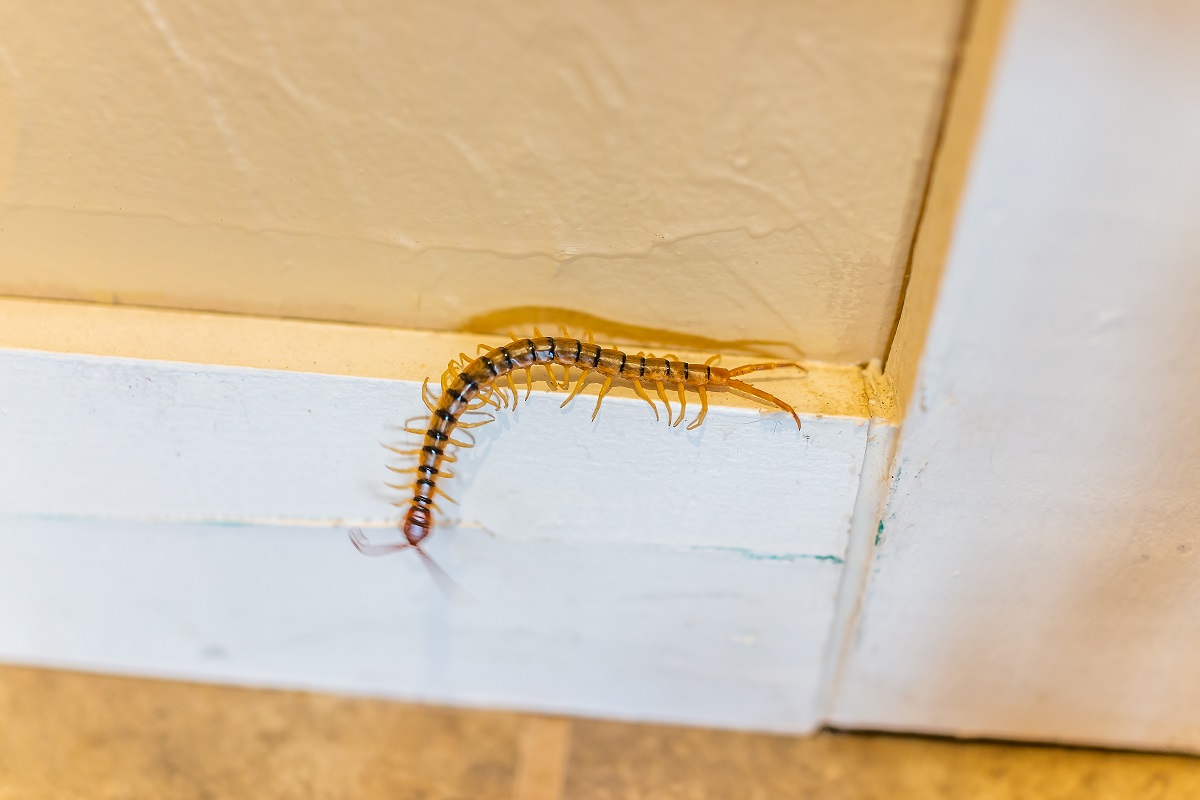
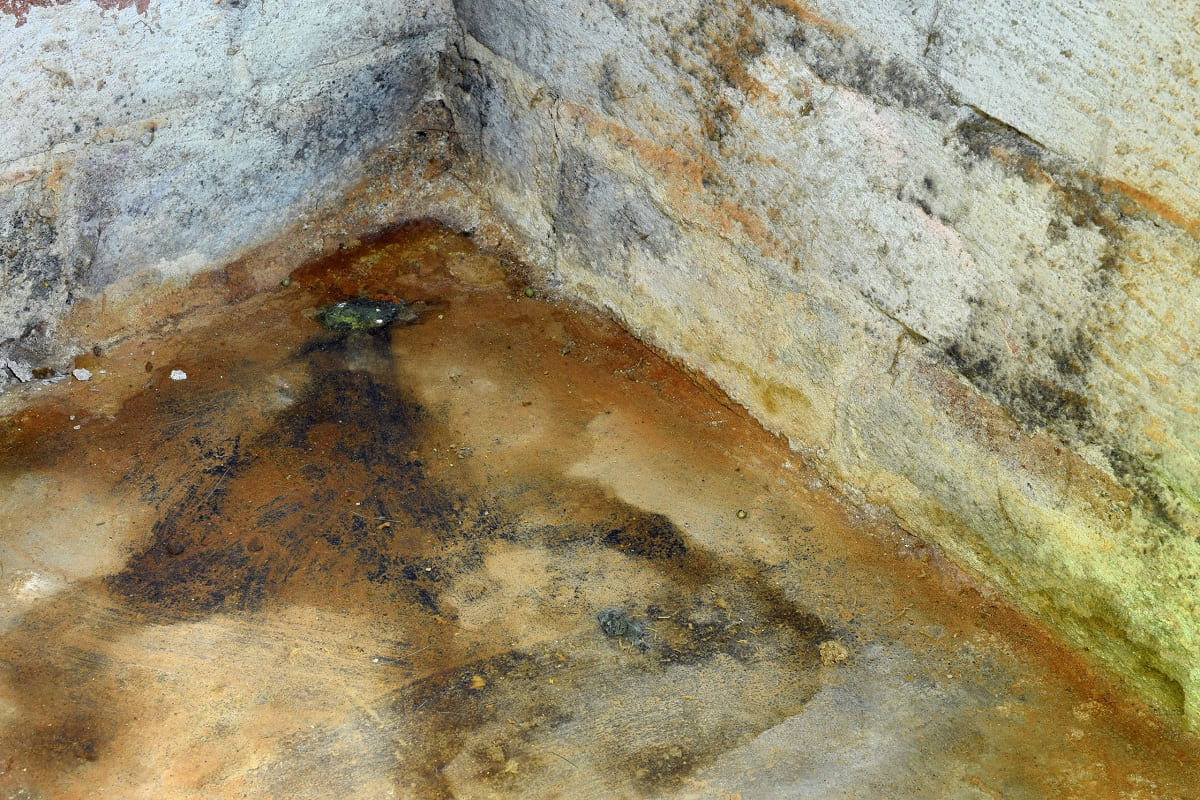
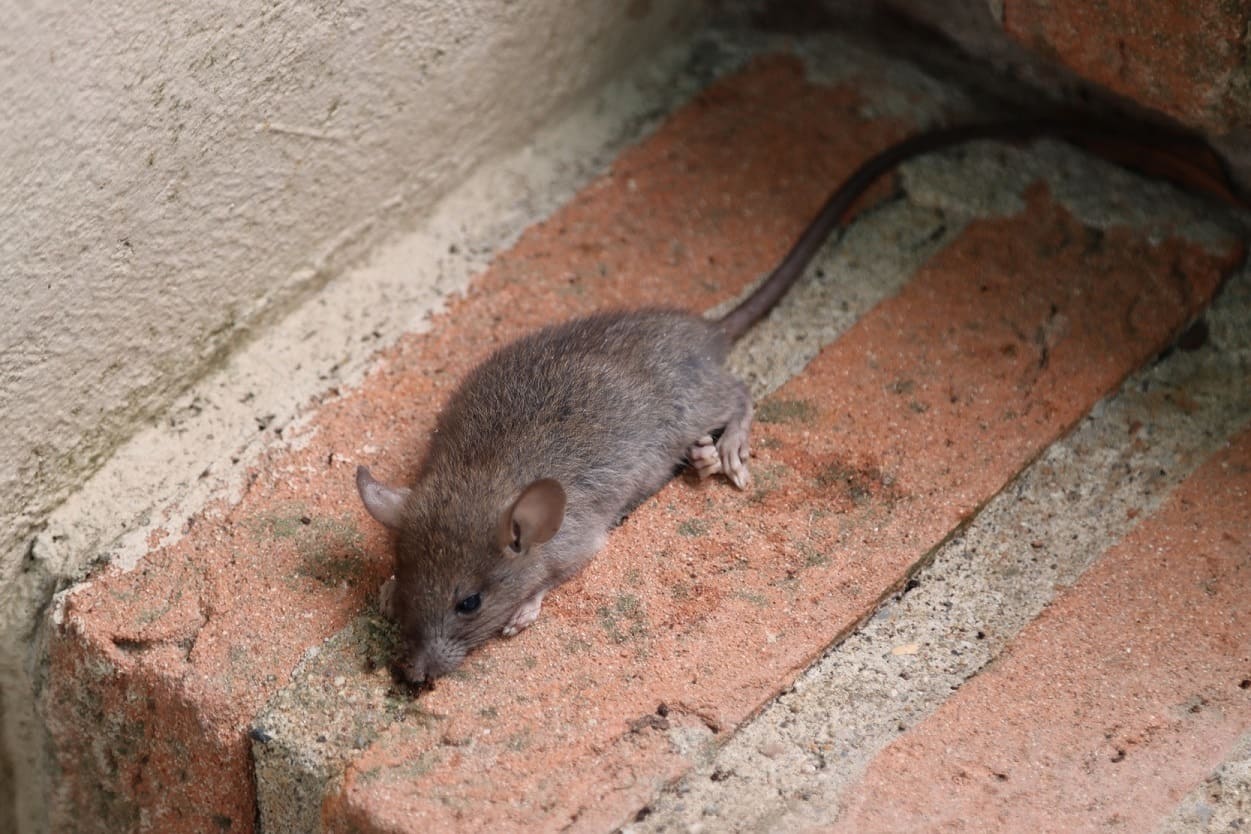
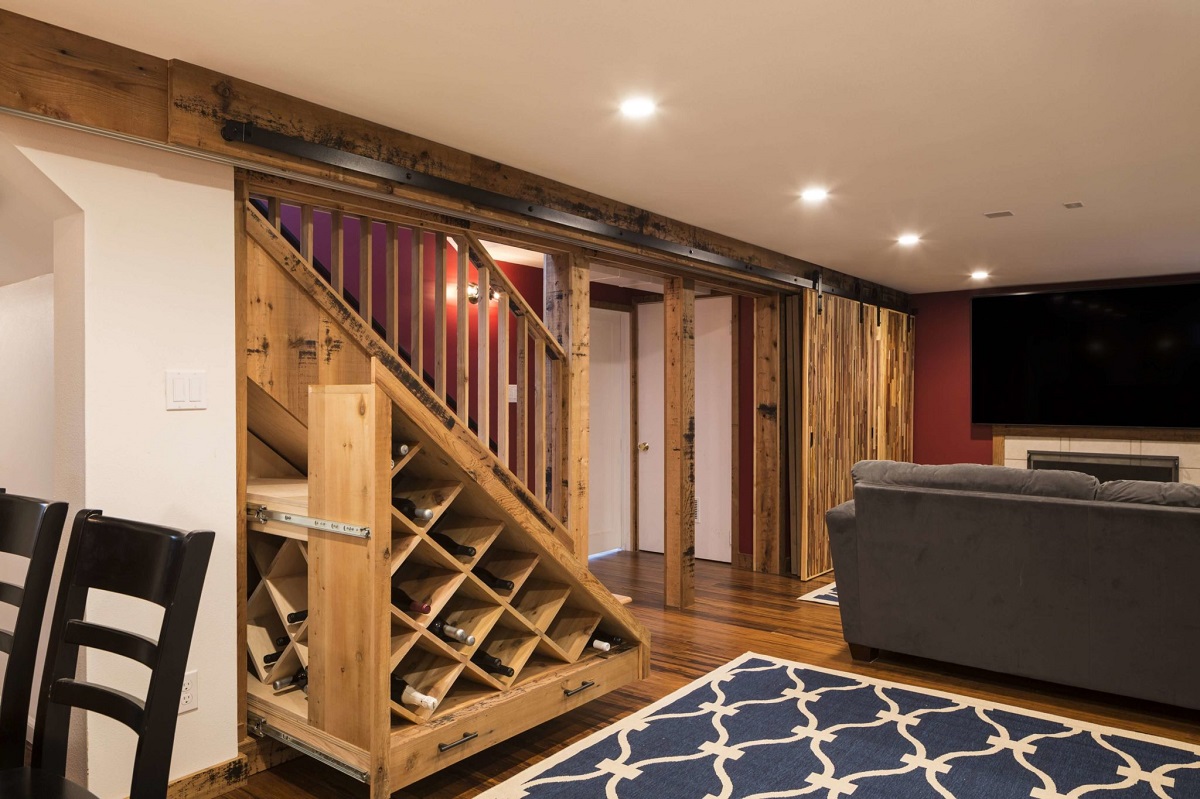
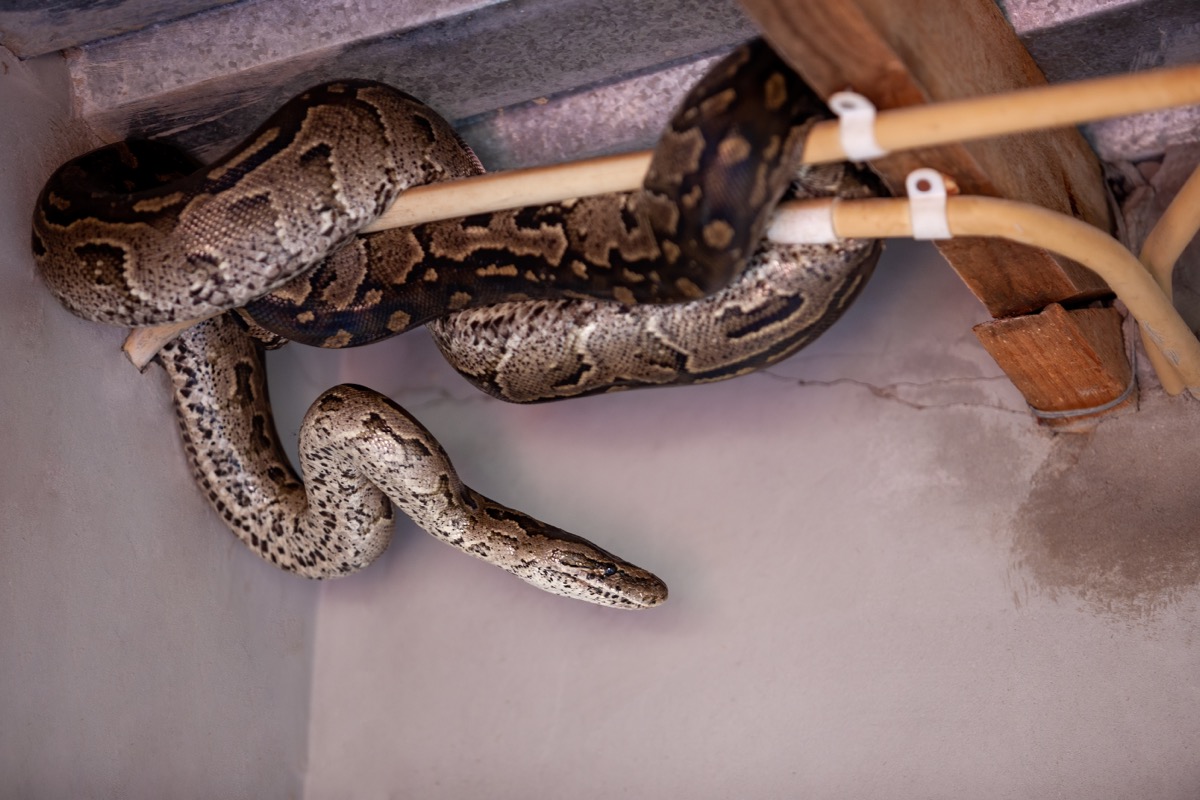
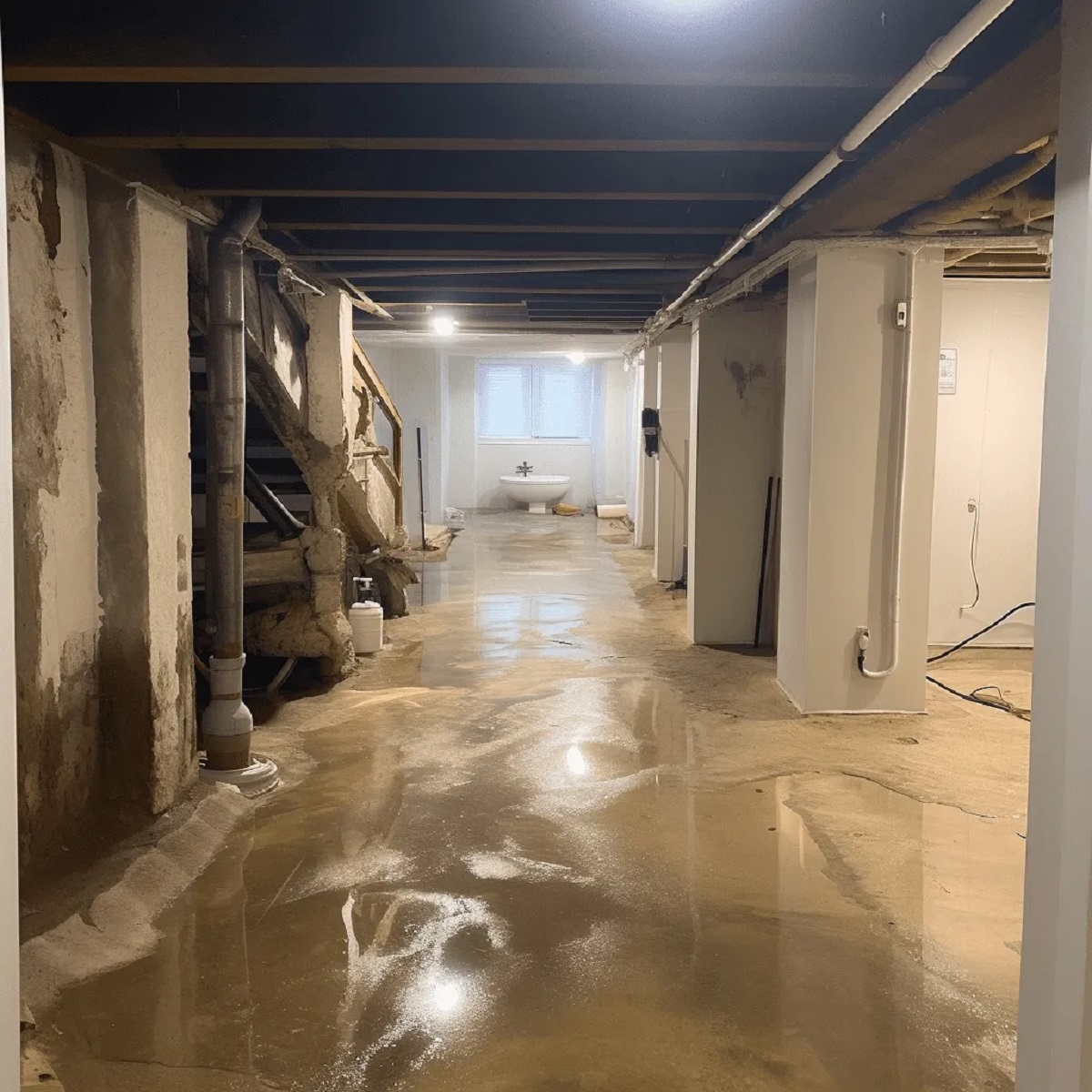
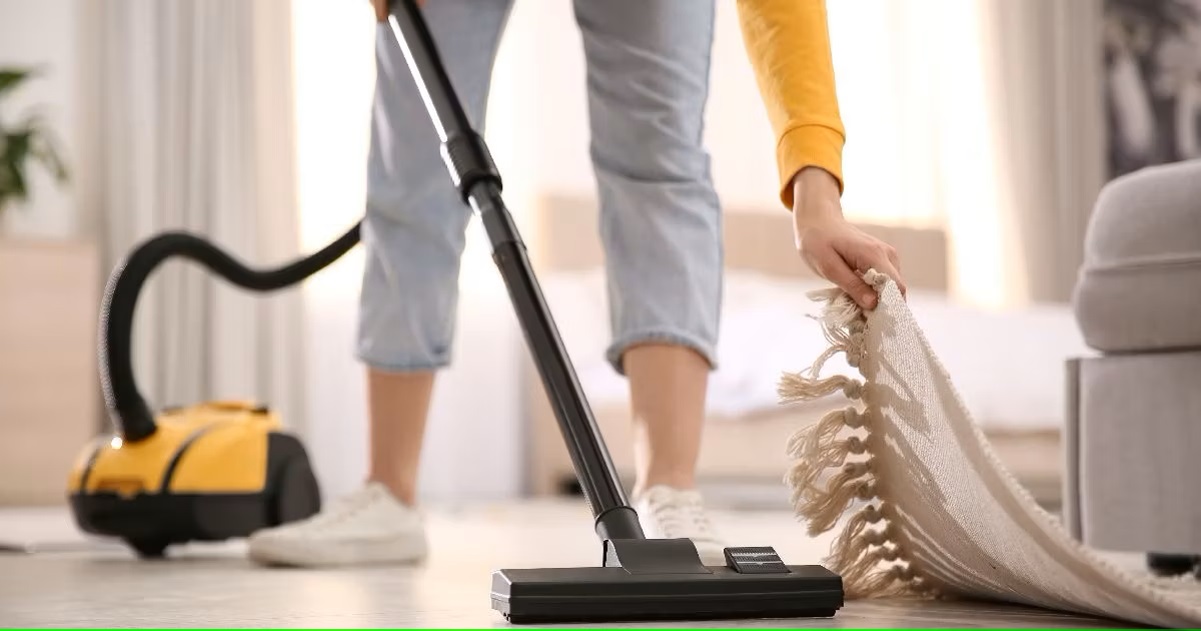
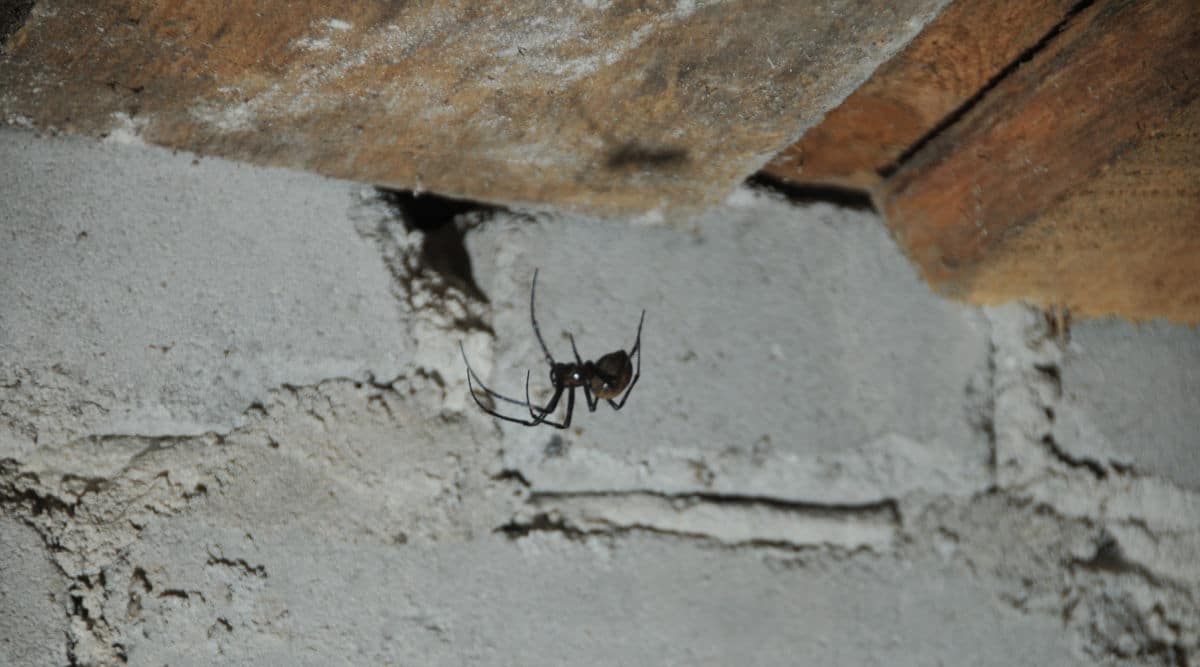
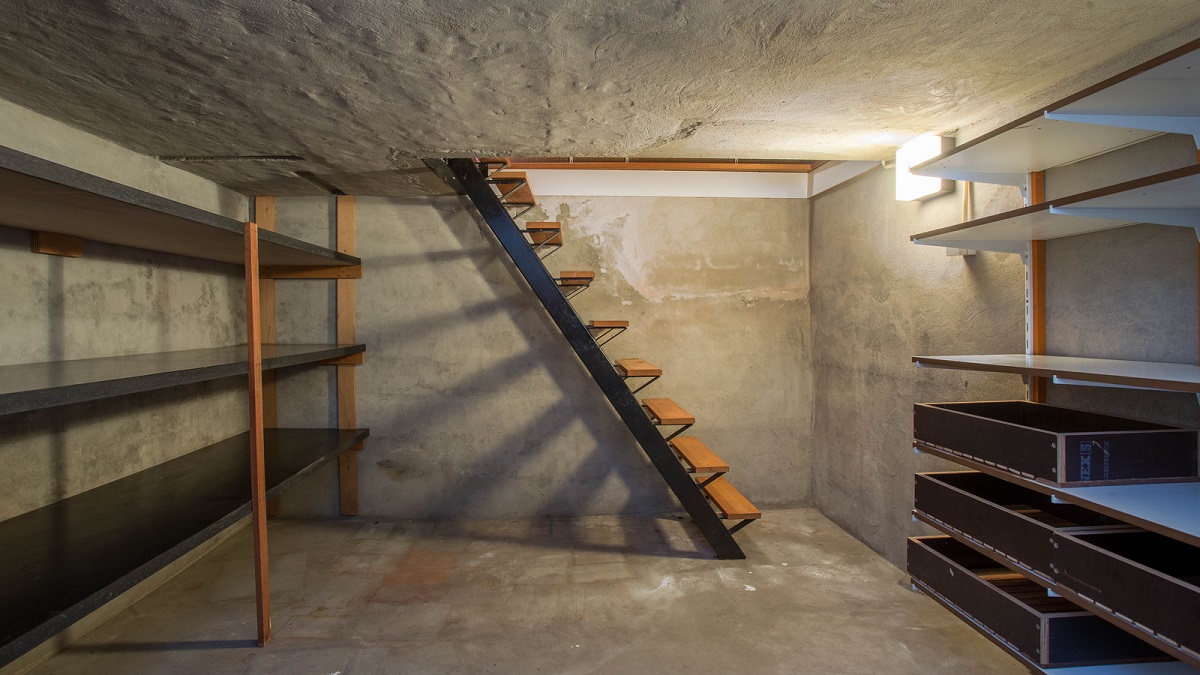
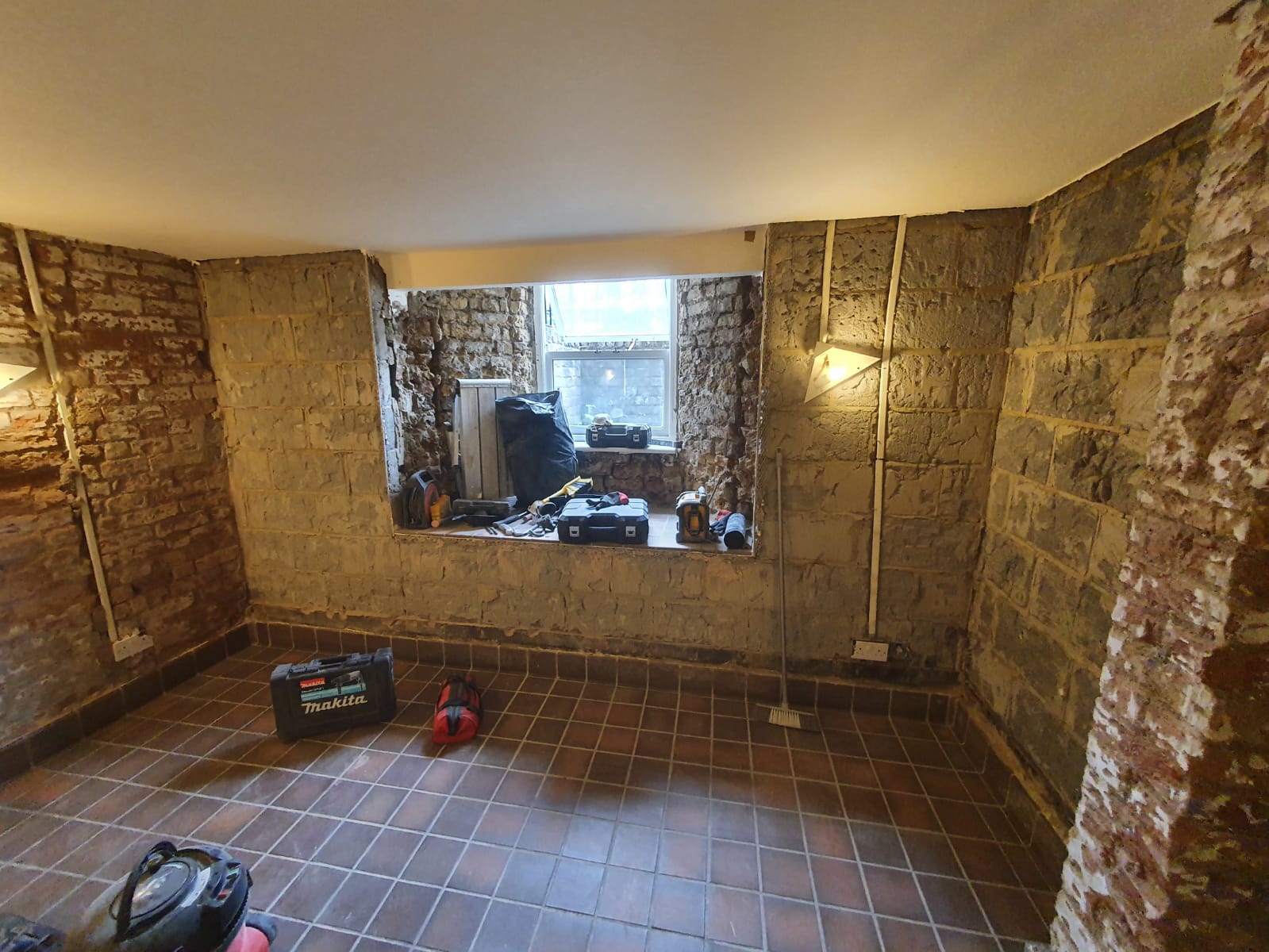
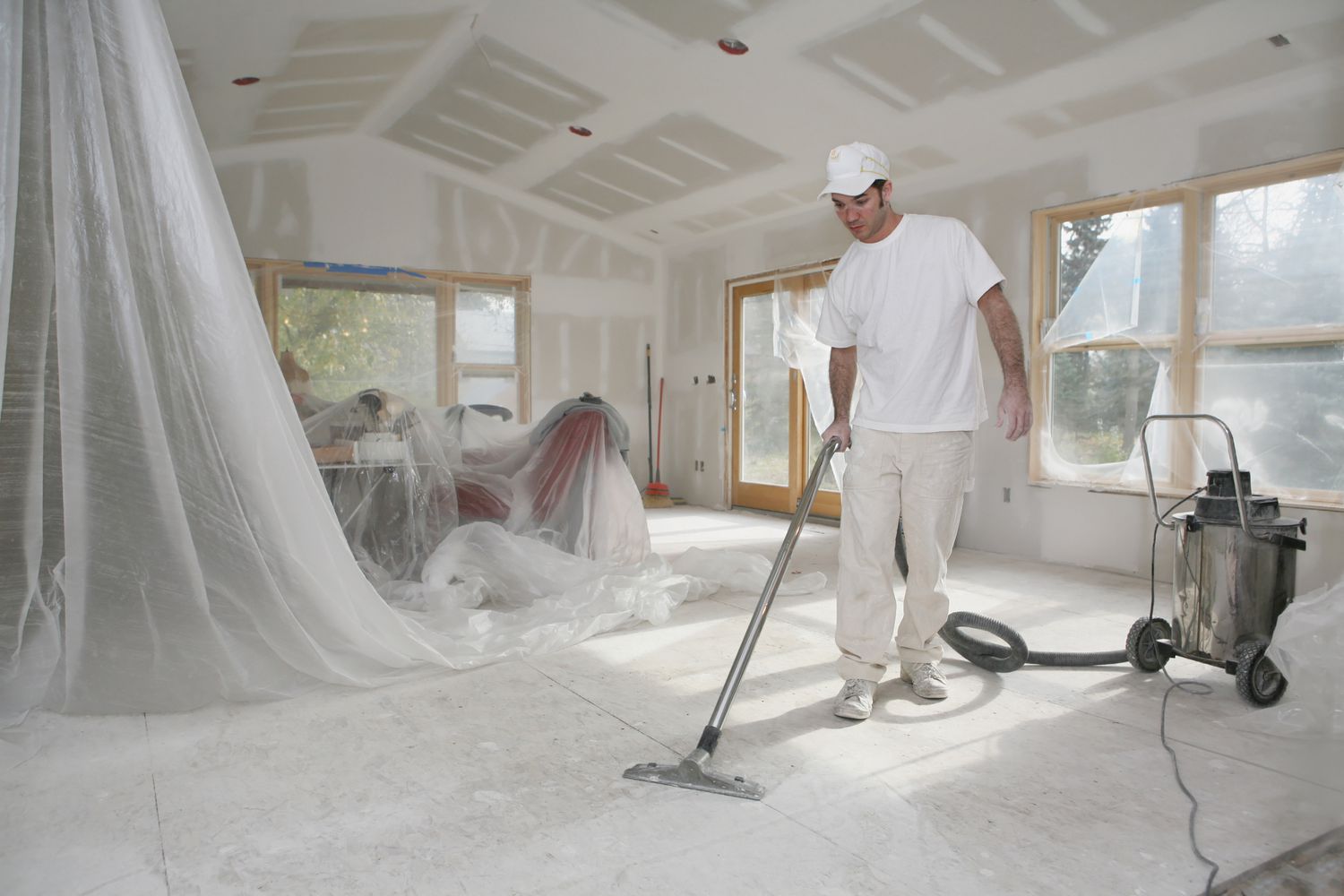
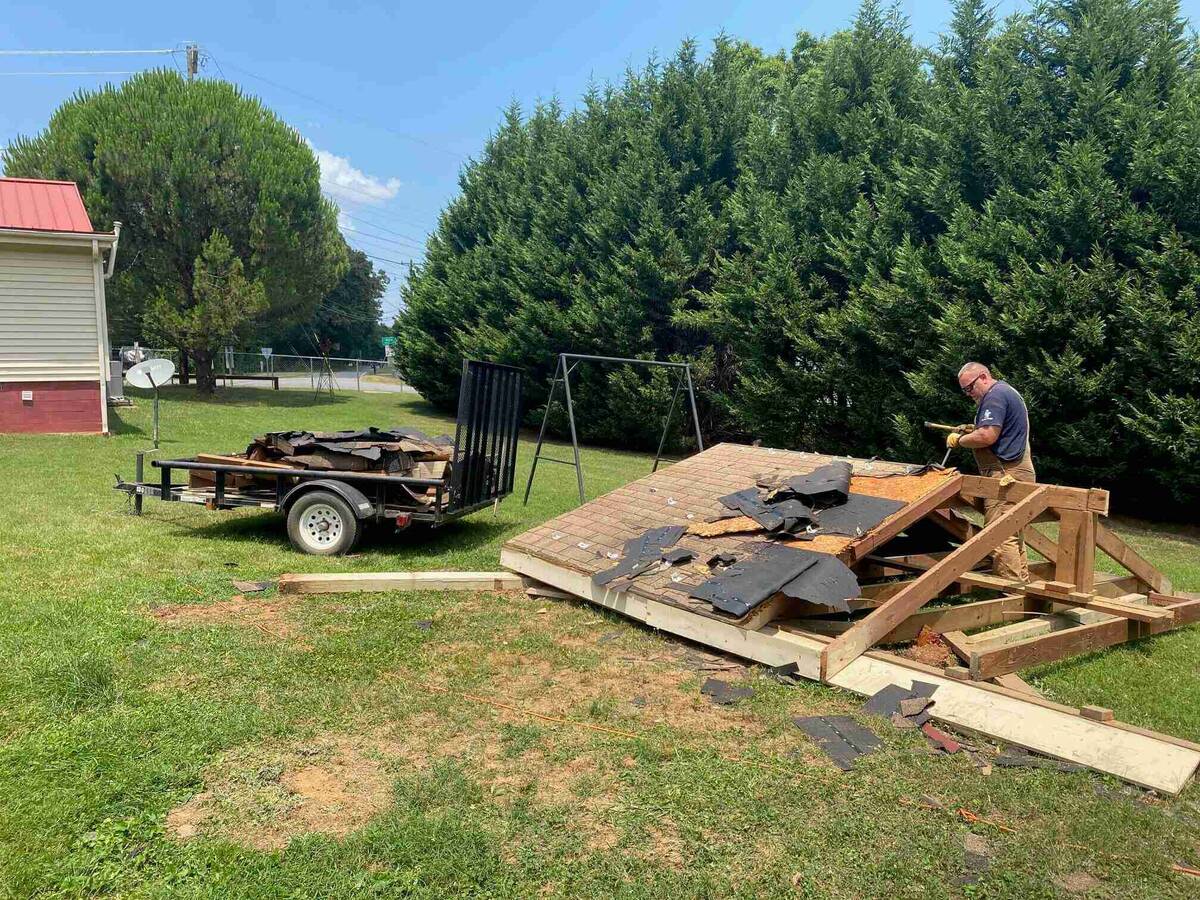


0 thoughts on “How To Get Rid Of Dust In Basement”